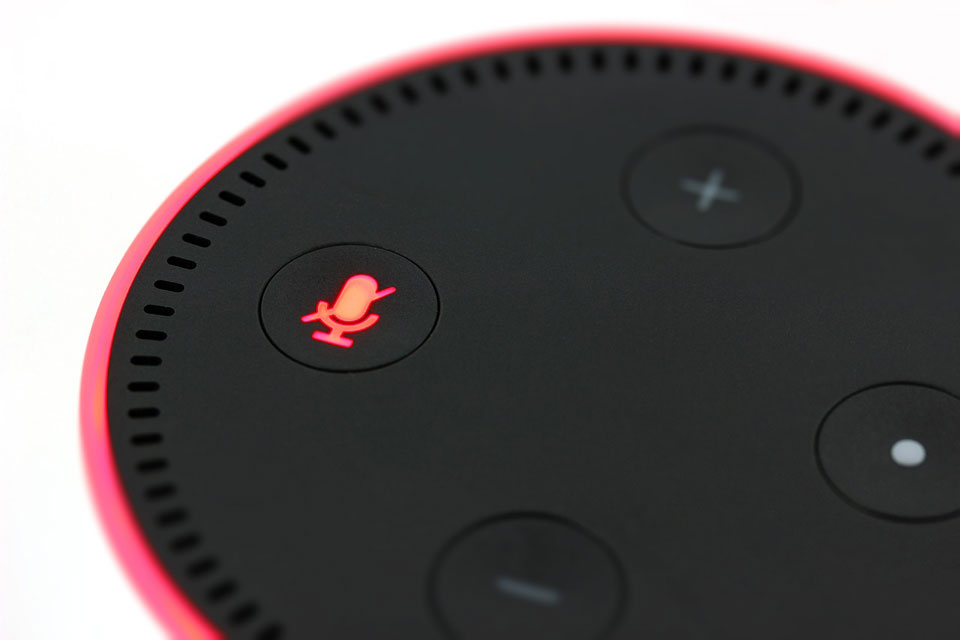5 ways digital technology is improving the utility service experience
https://contactcentresummit.co.uk/wp-content/uploads/2021/09/failure-demand.jpg 960 640 Stuart O'Brien Stuart O'Brien https://secure.gravatar.com/avatar/81af0597d5c9bfe2231f1397b411745a?s=96&d=mm&r=gBy Tony Corlett, Commercial Enterprise Client Director at Maintel
The current utilities market has never faced greater competition or demands from regulators. However, adopting digital technology can significantly improve the overall utility service experience; from engaging and retaining customers, to adhering to regulation.
It’s easy for organisations to be overwhelmed by the myriad of services and technologies that are available to help them improve competitiveness or compliance. Selection of the appropriate technology and delivery partner is key to success.
Failure to effectively choose and integrate new technologies can have significant repercussions and affect relationships with customers, regulators, and ecosystem partners.
New technology can help utility organisations to improve operational efficiency, resilience, and compliance. Through integration of the online and on-phone experience, reducing costs, and empowering employees, digital technology has an important part to play in improving the utility service experience:
- Improving customer experience
A great customer experience is paramount for utilities; from sales to in-life service, expectations are high, and competition is intense. This pressure comes in many guises, from industry peers, to resellers and comparison websites. So, the service experience must be easy, informative, and available through a range of contact channels. Failure to quickly meet customer expectations can result in them easily moving to another supplier.
Digital technology can significantly improve customer satisfaction by delivering systems that can provide information, handle calls efficiently, and integrate online and on-phone communications. Also, information provided during a service disruption or outage can significantly reduce customer frustration and improve overall call handling efficiency.
Services such as contact centre and unified communication solutions can help address the above challenges and improve the utility customer experience.
- Enhancing employee productivity and satisfaction
New technology now allows utility organisations to enable a more empowered and flexible workforce and therefore drive greater productivity. Ensuring that employees are engaged, motivated, and digitally empowered is key to maximising efficiency. Utility organisations typically depend on good internal communications to operate effectively, and so designing and integrating an effective workplace communication infrastructure is critical to improving the overall employee experience. Using technology to automate processes and free teams from repetitive tasks significantly helps drives efficiency and allows a focus on providing a great supply experience. Conversely, not harnessing new technology can undermine operational efficiency and restrict employees’ ability to deal with customer enquiries.
- Increasing security and ensuring compliance
Utility companies have unique safety requirements and often operate in high risk environments, with stringent compliance and security regulations across the entire organisation. Network security, protected data, intrusion protection, virus detection and removal are critical requirements for all utilities. Ensuring the safety and compliance of these organisations is essential to enhance cyber security and prevent threats including viruses, hacking, piracy and DDoS attacks. Leading-edge technology can help prevent breaches which could result in the loss of customer data or operational failure, both of which can be catastrophic for any utility organisation.
- Optimising organisational resilience
Organisational resilience is a priority for any utility organisation, both for competitiveness and for regulatory compliance. Installing a highly secure network solution ensures that multiple devices and locations can be seamlessly connected. This enables telemetry and usage data to be captured and analysed to optimise energy network performance and customer consumption. Networking technologies can also be used to monitor utility distribution infrastructure and help avoid leakage and wastage problems by allowing instant and secure access to critical system data. A highly resilient utility organisation is better positioned to sustainably serve the long-term needs of its customers.
- Operational efficiency
Managing costs and ensuring operational efficiency is critical for any utility organisation. Replacing old technology with more effective alternatives can lower support costs, improve the ability to collaborate and increase resilience. Proactively monitoring networks and usage patterns can also help to reduce wastage, minimise consumption and deliver sustainability. By using technology to monitor energy consumption, not only can the optimal supply and distribution balance be achieved but customers can also receive real-time consumption information to help them reduce their usage. In addition, digital transformation offers a convenient opportunity to simplify infrastructure by consolidating to fewer suppliers. Using a variety of technologies from disparate vendors is complex to manage and not always cost-effective.


